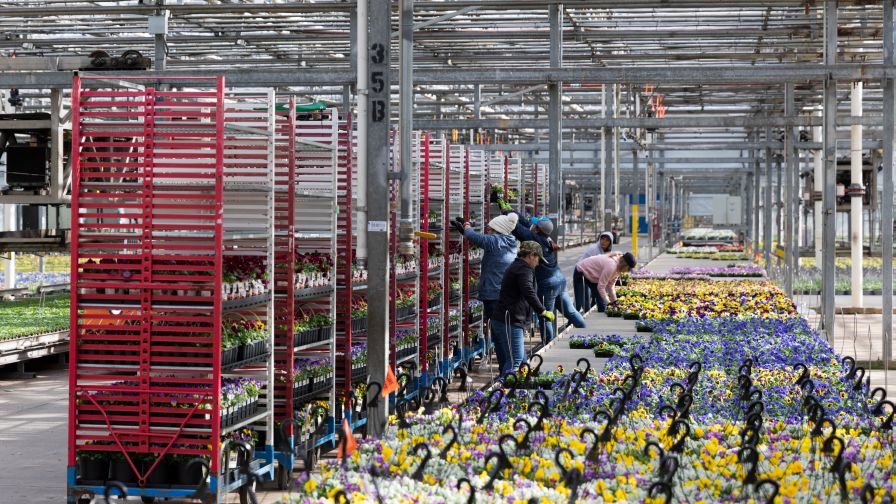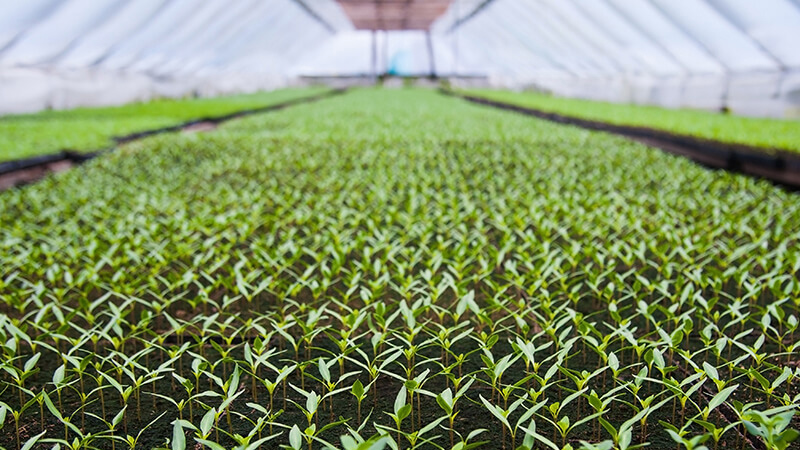Two Grower Cultures Collide
I hopped on a bus this morning for OFA’s greenhouse tour across Ohio. Our first two stops were Amish greenhouse operations: Mt. Eaton Greenhouse and R&K Flowers.
Perhaps the most interesting part of our two Amish grower stops was the interaction between the growers on the tour and the Amish grower hosts who operate without the luxury of electricity. These Amish operations aren’t the size of a Green Circle Growers or a Metrolina Greenhouses, of course – they’re actually very small operations that are essentially located in the family’s backyards. But their end goal is the same as a Green Circle or Metrolina: to produce quality plants and provide for their families.
Mt. Eaton is located in Apple Creek, Ohio, a beautiful small town located in the heart of Ohio’s Amish country. Mt. Eaton, which was our first stop, is a grower-retail operation. Rather than electricity, Roy and Lovina Yoder rely heavily on natural gas for heating, cooling and tasks most growers handle with the push of a button.
Mt. Eaton is like other operations in that it draws water from its municipality – you might think Amish growers draw their water from wells located on their property. Mt. Eaton also has a transplanter and drip irrigation emitters, like many other growers.
One area Mt. Eaton differs, though, is in ventilation. The operation has side walls that can be lowered to air out greenhouses, but there are no electrical environmental controls doing the work. Instead, each of Mt. Eaton’s 15 free-standing greenhouses is equipped with a crank that raises or lowers plastic side-wall curtains.
Mt. Eaton also has a hot water boiler that operates on natural gas. Heat flows along pipes and is gravity fed into each greenhouse.
Other surprising aspects of Mt. Eaton are its solar panels and wind turbine. Each provide heat for the operation’s retail center, and the energy generated by the panels and turbine is stored in battery packs. Additionally, lights in the retail area are powered by natural gas.
That’s Mt. Eaton in a nutshell. But as I noted at the beginning of this entry, the most interesting part of our visit was the interaction between the two grower cultures. For example, one grower attendee asked why the Amish-run operation doesn’t have a bigger wind turbine – Mt. Eaton, after all, looks like it has enough land to accommodate one.
The Amish grower’s response: “We don’t need it.”
Bigger isn’t necessarily better in the Amish world. The approach is to simply produce what you need. Mt. Eaton doesn’t have huge overhead costs, and it relies on family for labor. Because of those factors, it’s probably a successful one.
As another grower attendee commented: “This is a difficult lifestyle, but these people are happy.”









